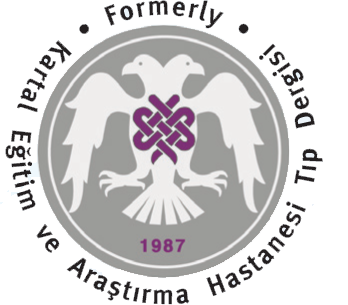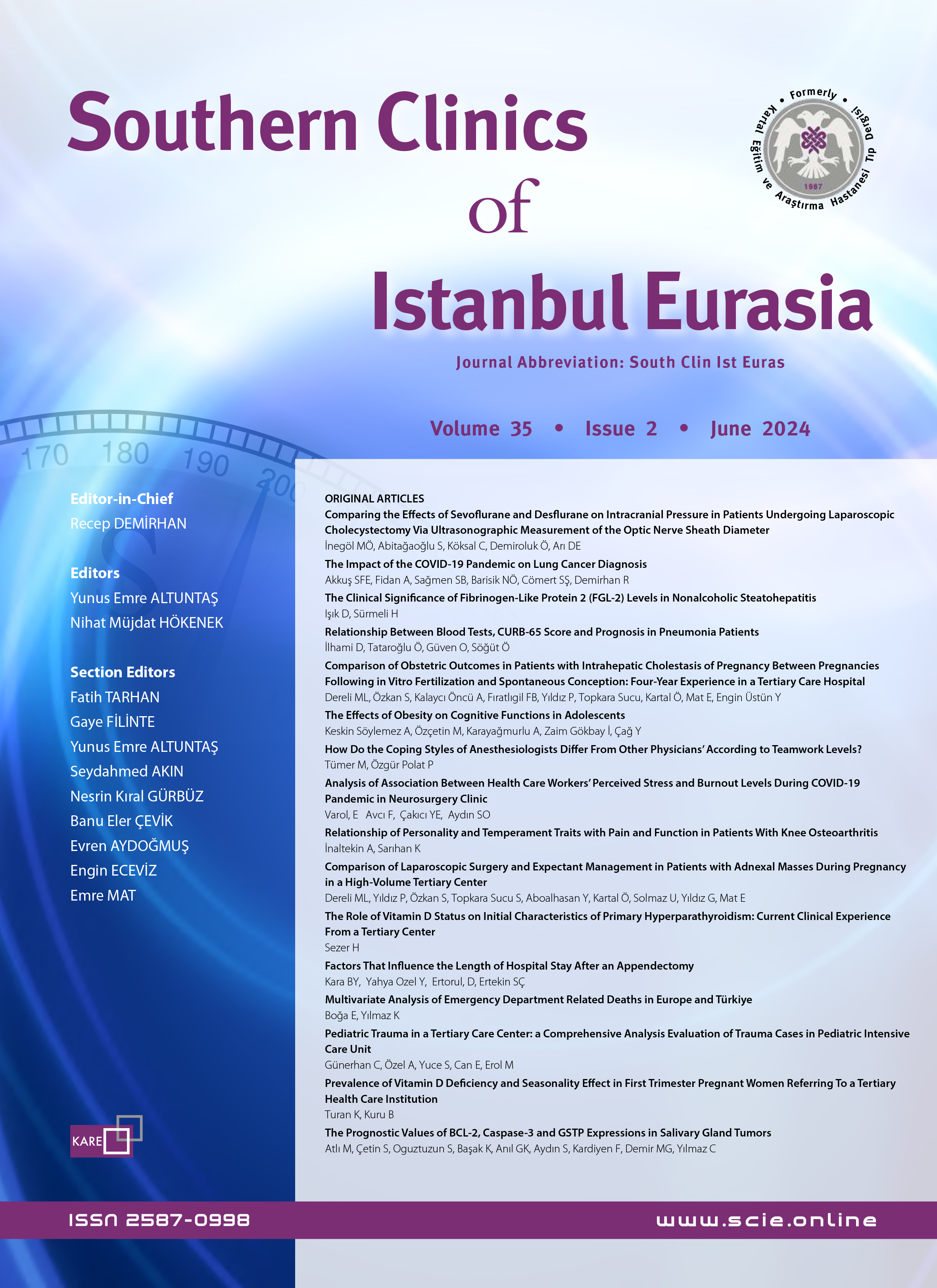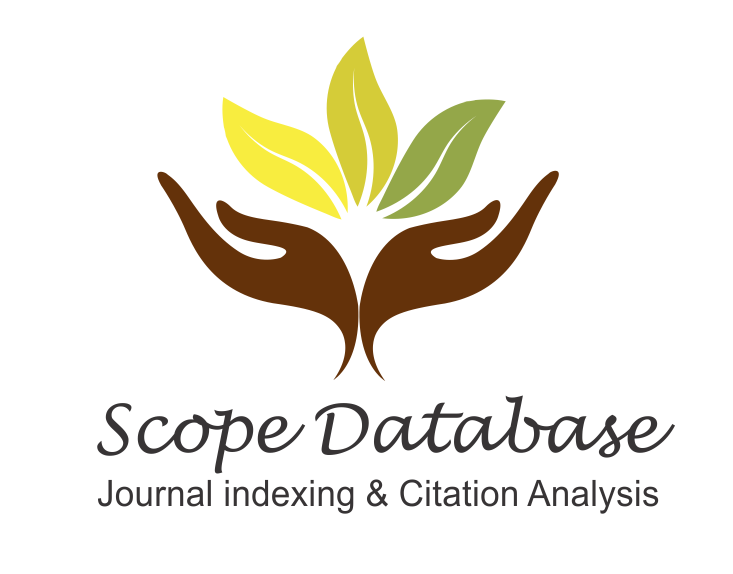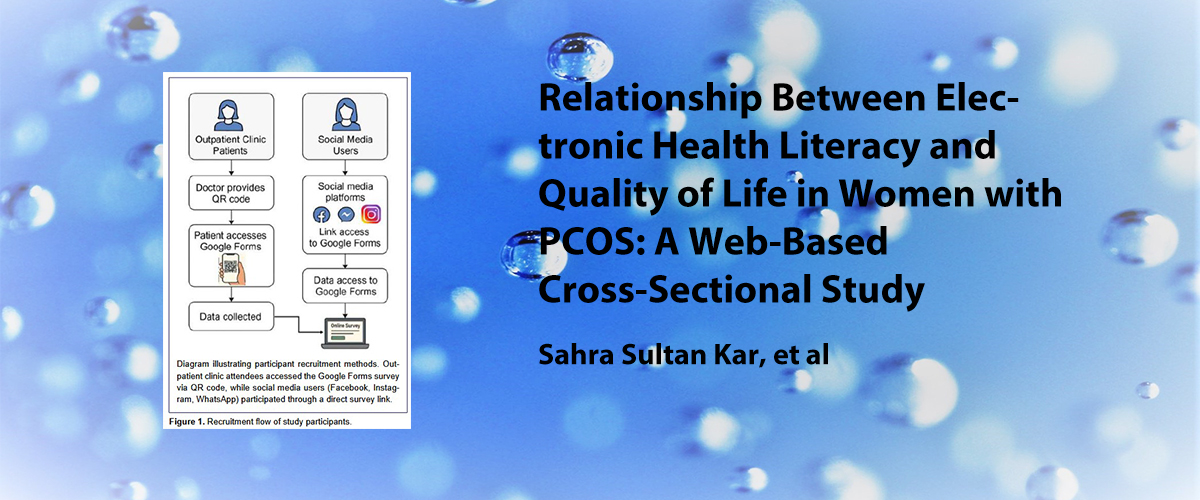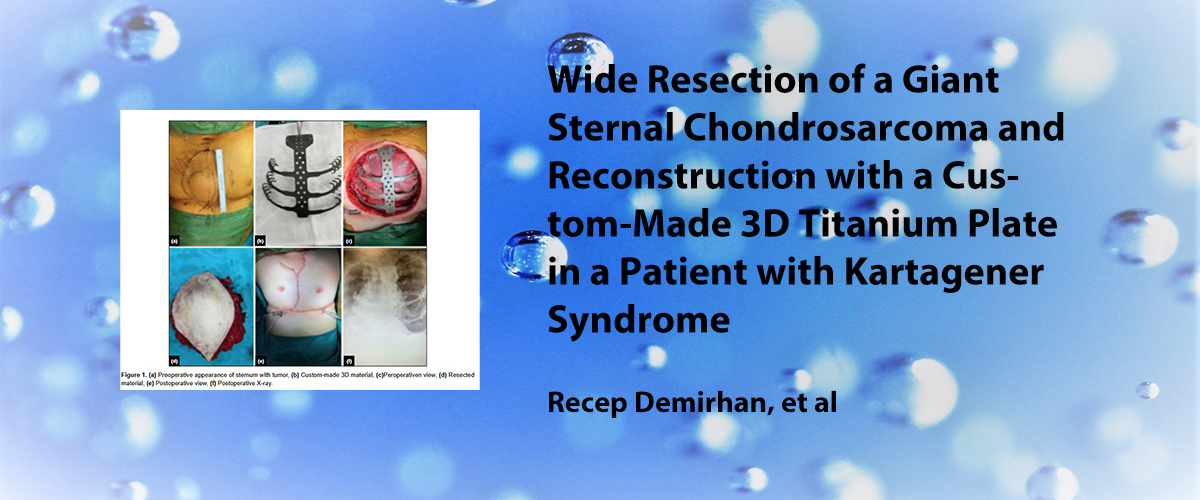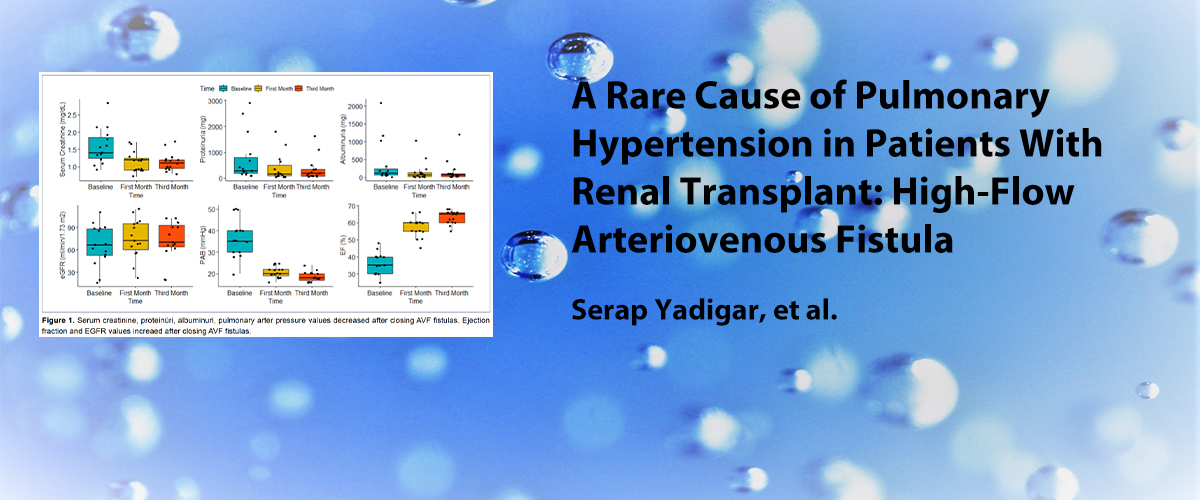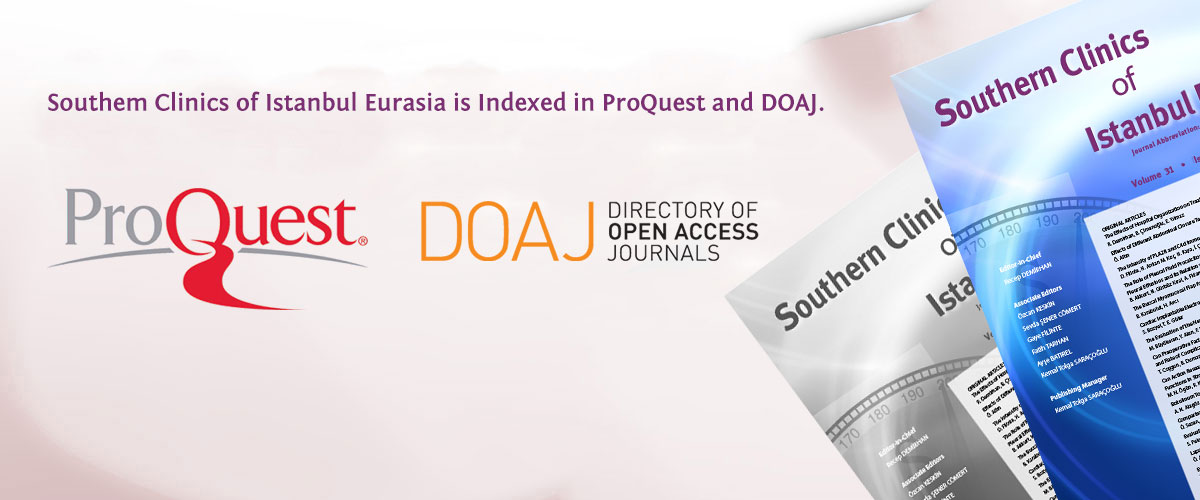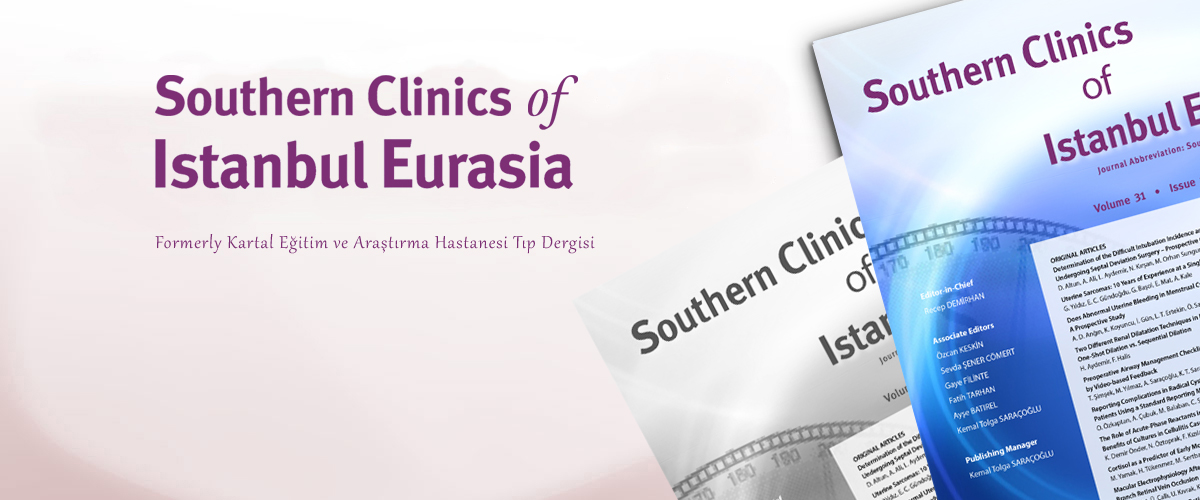ISSN : 2587-0998
Kontrollü Overyan Hiperstimülasyonu Uygulanan İnfertil Olgularda Klomifen Sitratlı Stimülasyon İle Gonadotropinli Stimülasyon Sikluslarının Değerlendirilmesi
Yasemin Odabaş1, Bülent Kars2, Önder Sakin2, Engin Ersin Şimşek11Dr Lutfi̇ Ki̇rdar Kartal Eği̇ti̇m Ve Araştirma Hastanesi̇ Aile Hekimliği Kli̇ni̇ği̇2Dr Lutfi̇ Ki̇rdar Kartal Eği̇ti̇m Ve Araştirma Hastanesi̇ Kadın Hastalıkları ve Doğum Kli̇ni̇ği̇
GİRİŞ ve AMAÇ: Amacımız günümüzde intrauterin inseminasyon (IUI) tedavisinin başarısını, başarıyı etkileyen faktörleri ve güncel önerileri incelemektir.
YÖNTEM ve GEREÇLER: Bu çalışma hastanemizde 2005-2009 tarihleri arasında 183 hastanın 300 siklus tedavisi retrospektif olarak incelenerek yapılmıştır. Hastalar 19-42 yaş arası, açıklanamayan infertilitesi olan, FSH değeri ortalama 7.15 mIU/L olan, total hareketli sperm sayısı 5 milyon/ml üzerinde olanlarda, tedavi ile follikül boyutu 15 mm üzerinde olan, hcg dozu 10.000 ünite sonrası 32-36 saat sonra tek seans IUI tedavisinin başarısı ve sonuçları retrospektif olarak incelenmiştir.
BULGULAR: Hastalara klomifen sitrat sonrası spontan koit tedavisi ile başarılı gebelik 13/104 (%12,5). klomifen sitrat sonrası IUI tedavisi ile başarı gebelik 16/136 (%11,7). Gonadotropin tedavisi sonrası IUI işlemi ile başarılı gebelik 14/60 (%23,4) olarak belirlenmiştir. Toplamda 43/300 gebelik sağlanmış olup başarı oranı %14,3 olarak saptanmıştır.
Elde edilen 43 gebeliğin sonuçları incelendiğinde 32 term gebelik (%10,7) abortus gerçekleşen 9 (%3,0), ektopik gebelik 1 (%0,7) ve kimyasal gebelik 1 (%0,7) olarak belirlenmiştir.
TARTIŞMA ve SONUÇ: Klomifen sitrat nedeni bilinmeyen infertil çiftlerde halen ilk basamak tedavi için ideal bir ajandır. Cevap alınamayanlarda gonadotropinler ile IUI klinik başarıyı attırmaktadır. IUI işlemleri; düşük maliyeti, kolay uygulanabilirliği, kolay ulaşılabilirliği, düşük morbiditesi ve anlamlı başarısı ile infertil çiftlerde ilk basamak tedavide öncelikli uygulanması gereken yöntem olarak yerini korumaktadır.
Evaluation of Controlled Ovarian Hyperstimulation Gonadotropin Stimulation and Clomiphene Citrate Stimulation Cycles in Infertile Women
Yasemin Odabaş1, Bülent Kars2, Önder Sakin2, Engin Ersin Şimşek11Department of Family Medicine, Kartal Dr. Lütfi Kırdar Training and Research Hospital, İstanbul, Turkey2Department of Obstetrics and Gynecology, Kartal Dr. Lütfi Kırdar Training and Research Hospital, İstanbul, Turkey
INTRODUCTION: The aim of this study was to evaluate the success of intrauterine insemination (IUI) treatment, the factors affecting success, and current recommendations.
METHODS: This study was conducted by retrospectively investigating 300 cycles of IUI treatment performed in 183 patients between 2005 and 2009. The results of a single IUI treatment session performed 32 to 36 hours after a dose of 10,000 units of chorionic gonadotropin was administered to patients with unexplained infertility were analyzed. The patients were aged between 19 and 42 years with a median follicle-stimulating hormone test result of 7.15 mIU/L, a total motile sperm count exceeding 5 million/mL, and a follicle size of at least 15 mm with treatment.
RESULTS: The successful pregnancy rate with spontaneous coitus after clomiphene citrate (CC) treatment was 12.5% (13/104) The successful pregnancy rate with IUI after CC treatment was 11.7% (16/136), and the successful pregnancy rate with IUI after gonadotropin treatment was 23.4% (14/60). A total of 43/300 pregnancies were achieved and the overall success rate was 14.3%. When the results of the 43 pregnancies obtained were examined, 32 term pregnancies (10.7%) were achieved, there were 9 (3.0%) cases of abortus, 1 (0.7%) ectopic pregnancy, and 1 (0.7%) chemical pregnancy.
DISCUSSION AND CONCLUSION: CC is still the best agent for first-line treatment in couples with unexplained infertility. In cases refractory to gonadotropins, IUI promotes clinical success. IUI has the advantages of low cost, easy applicability and accessibility, low morbidity, and a significant success rate.
Makale Dili: İngilizce

